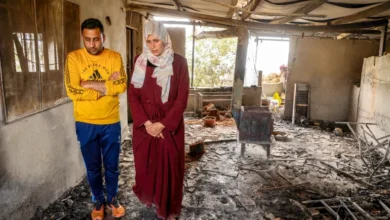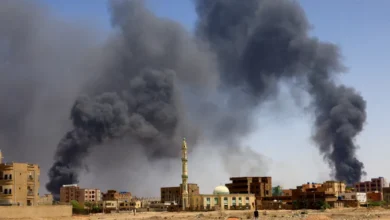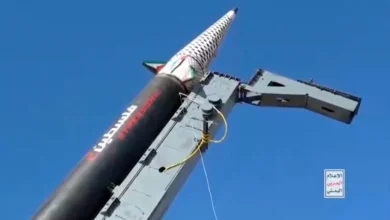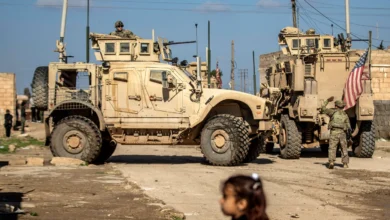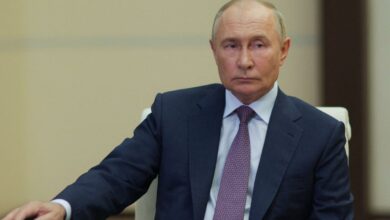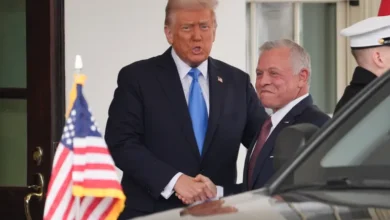Similarity in Ukrainian and Israeli Attacks: A Shared Strategy
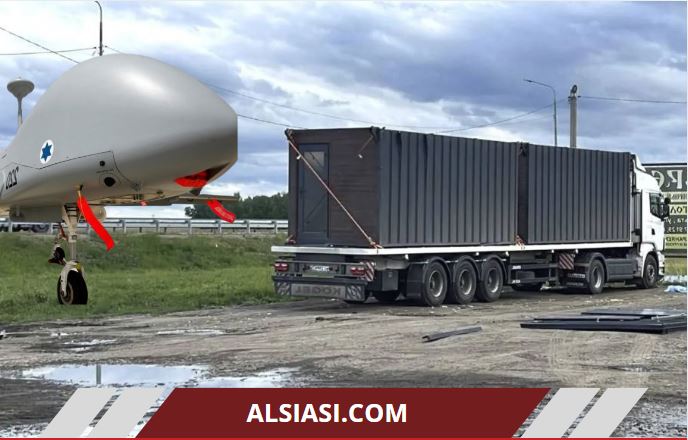
Observers of recent global military developments cannot help but notice the growing resemblance in the nature and execution of attacks in two major conflict zones: Russia-Ukraine and Iran-Israel.
Israel and Ukraine: A Coordinated Aggressive Strategy
On June 1st, Ukraine launched a sudden attack on several airports and military bases deep within Russian territory. Ukrainian President Volodymyr Zelensky revealed that 117 unmanned aerial vehicles (UAVs) were used in the operation, which had been meticulously planned over a period of more than 18 months. The plan involved smuggling drones into Russian territory and concealing them in mobile wooden structures mounted on trucks. At the time of the attack, the roofs were remotely opened to release the drones for their mission.
A nearly identical tactic and operational model was employed by Israel on June 13th of the same year. Seemingly inspired by Ukraine’s operation, Israel launched a coordinated strike in Iran, marking the beginning of its military campaign. The attack targeted highly sensitive locations and reportedly led to the assassination of key military and scientific figures within Iran. Israeli sources later revealed that this operation had also been in planning for several months.
Common Direction and Planning
It does not require extensive analysis to conclude that the strategic planning and coordination behind both operations likely stem from a single command center. A deeper examination suggests that what is often referred to as the “deep state” within Western nations is actively engaged in engineering crises, designing battle strategies, and managing conflicts—all in pursuit of its broader economic, political, and security objectives.
Western powers have heavily invested in strengthening both the Ukrainian and Israeli military establishments, equipping them with advanced weaponry. These entities have also received substantial political backing on international platforms, particularly at the United Nations. Through them, the West seems to be seeking to reshape global power dynamics and maintain strategic dominance across key regions.
Ukraine Sidelined: Prioritizing Israel
What is striking is the evident Western prioritization of its proxies. Following Israel’s offensive in Gaza, Western nations significantly reduced military and security support for Ukraine, shifting their focus toward Israel. A similar pattern emerged after Israel’s assault on Iran, with Ukraine again marginalized, left to face escalating Russian strikes while its pleas for weapons and supplies went largely unanswered.
Syria’s Role in the Broader Strategy
At this stage, the most the West—particularly the United States—appears willing to do for Ukraine is to source and supply outdated Soviet-era weapons, which are no longer highly effective against advanced military technologies. Syria, long known for its stockpile of such weapons, is now being targeted as a potential supplier for the Ukrainian military. However, this raises significant concerns about future security risks in Syria.
The danger is not limited to the possibility of extremist or separatist movements being reactivated in Syria. More critically, the Syrian armed forces still rely on these weapons to defend against possible external aggression—especially from Israel. Should Israel succeed in its offensive against Iran, it is unlikely to stop there. Syria, still fragile and recovering from a devastating civil war, may become a target for further division or territorial ambitions. In this context, the remaining Syrian arsenal becomes a last line of defense for the country.
Scenarios of Division: A Long-Term Goal
Israeli media has long speculated on scenarios involving the fragmentation of Syria, with suggestions of Israeli control over the south and possibly deeper areas, while Turkey dominates the north.
Conclusion: Strategic Fragmentation for Control
Western powers, which design, support, and empower artificial geopolitical entities, appear to be advancing a strategy aimed at dividing the region. The goal is to facilitate dominance through the creation of ongoing conflicts, thereby preventing nations from reclaiming occupied territories or focusing on development and progress.
